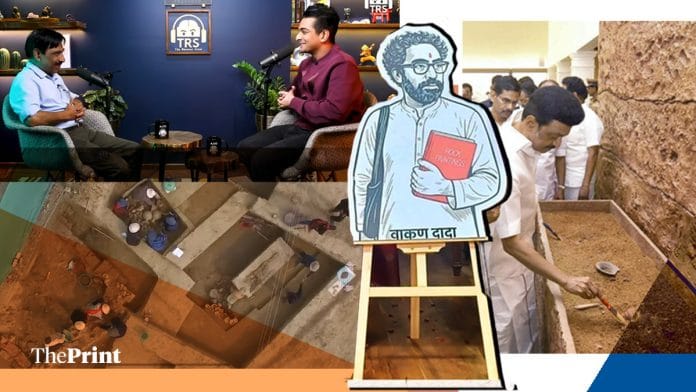New Delhi: The quiet, self-effacing, reclusive archaeologists of Madhya Pradesh now have a new public face. He is a mascot called Wakan Dada—a storyteller who is bringing the state’s archaeological wonders to life for the Instagram generation.
Dressed in a white kurta-pyjama, with a thick beard, tilak and a black jhola, he is called the archaeological dada. This unique mascot is inspired by veteran archaeologist VS Wakankar, who in 1957 discovered the Bhimbetka rock caves, now a UNESCO World Heritage Site.
“Wakan Dada is our face to engage with people, connect with them and promote our work. He was an international figure who discovered the ancient rock caves. We’re using his name to promote archaeology,” said Urmila Shukla, commissioner, archaeology and archives, Madhya Pradesh, who initiated the idea and is working to revive the state archaeology department. “He will help bridge the gap between scholarly research and public engagement, inspiring a new generation to explore, preserve and value archaeological heritage.”
For too long, archaeology was considered a dead department that remained in the scholarly shadows, but that notion is now breaking. Not just in Madhya Pradesh but across the country, the Archaeological Survey of India (ASI) is getting a cool new makeover. Archaeologists are getting a public face and a voice. The transformation—from academic discipline to accessible conversations—is turning Indian archaeology into a public history project.
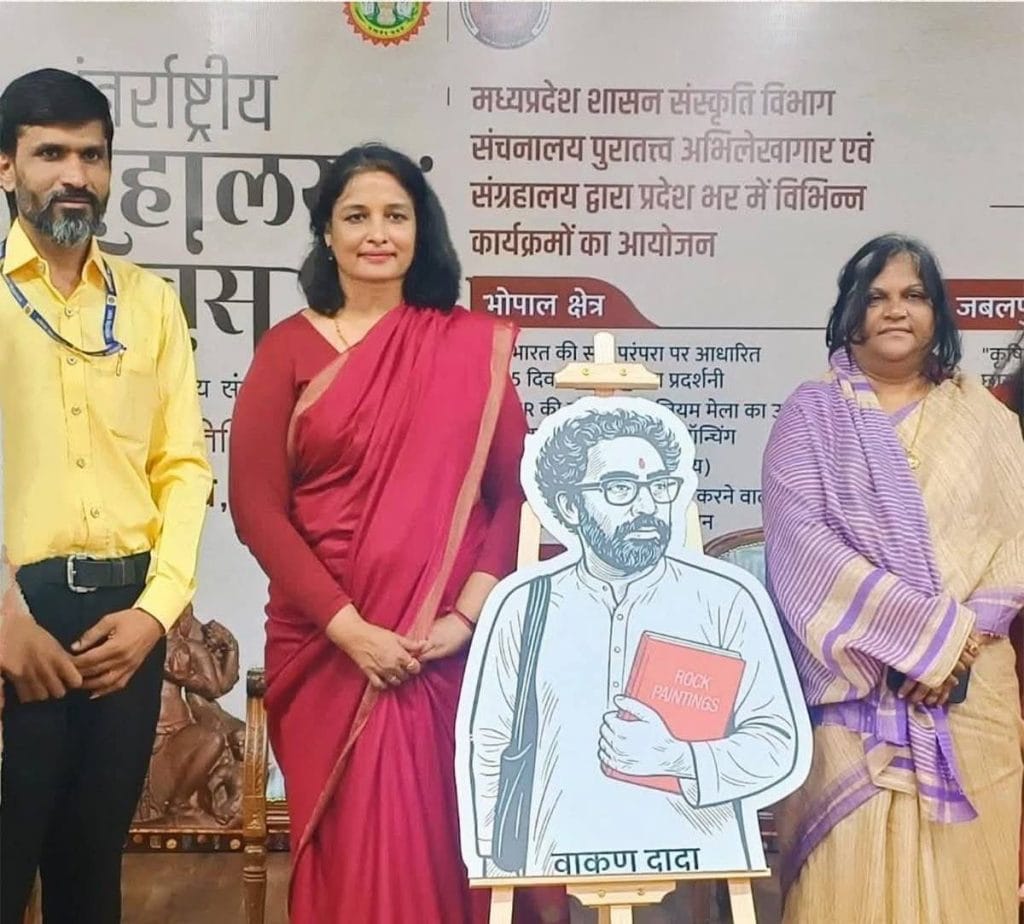
In recent years, the ASI has opened new excavation sites Purana Qila in Delhi, Adichanallur in Tamil Nadu, and Rakhigarhi in Haryana to the general public by allowing visits and setting up interpretation centres. Earlier, they would dig and disappear into their academic lair. They are now fast switching to an explain-and-engage mode.
State archaeology departments are organising field trips to sites, promoting heritage walks, issuing more licences for excavations across India, and hosting a steady stream of exhibitions, talks, and seminars. They’re also boosting their social media presence with reels and photos from excavation sites. Archaeology is now closely aligned with the unprecedented surge in conversations about history sweeping through India today.
“We want to engage people and give them the thrill of seeing a site this closely. In other countries this practice is common. But now, it’s becoming popular in India as well.
-Sujeet Nayan, senior ASI archaeologist
“This newfound enthusiasm has not only made archaeology more mainstream but has also fostered a sense of national pride and curiosity about India’s ancient past,” said Nandini Bhattacharya Sahu, joint director general (Monument) and spokesperson of ASI.
Momentum picked up during the G20 summit in 2023, when Prime Minister Narendra Modi pushed the slogan Vikas bhi, virasat bhi—progress as well as heritage.
“This heritage is for everyone, and more people should know and engage with this,” Sahu added.
Also Read: Ratnagiri to Ramanathapuram—engineers, teachers, fishermen are ASI’s unsung warriors
Excavations meet the masses
Rakhigarhi, one of the oldest known Indus Valley Civilisation sites, is now the jewel in ASI’s crown. A museum, hostel, and cafeteria are all on the cards. Haryana’s archaeology department is promoting it in a big way too, with the help of CSR funds.
Last year, the department organised a Rakhigarhi tour, a heritage event in Panipat, and even a photography workshop in Hisar with the tagline ‘Let’s know our dharohar’ (heritage). The Rakhigarhi tour included transport from Delhi’s Kashmere Gate, site exploration, an exhibition, an interaction with artisans, and a rural walk in “the Harappan village”.
“Explore Haryana with us to uncover its rich history where the Harappan Civilisation thrived, Vedas were composed, and the Geeta was preached by Shri Krishna,” reads the tour flyer. “Engage with the land that witnessed pivotal wars shaping India’s history.”
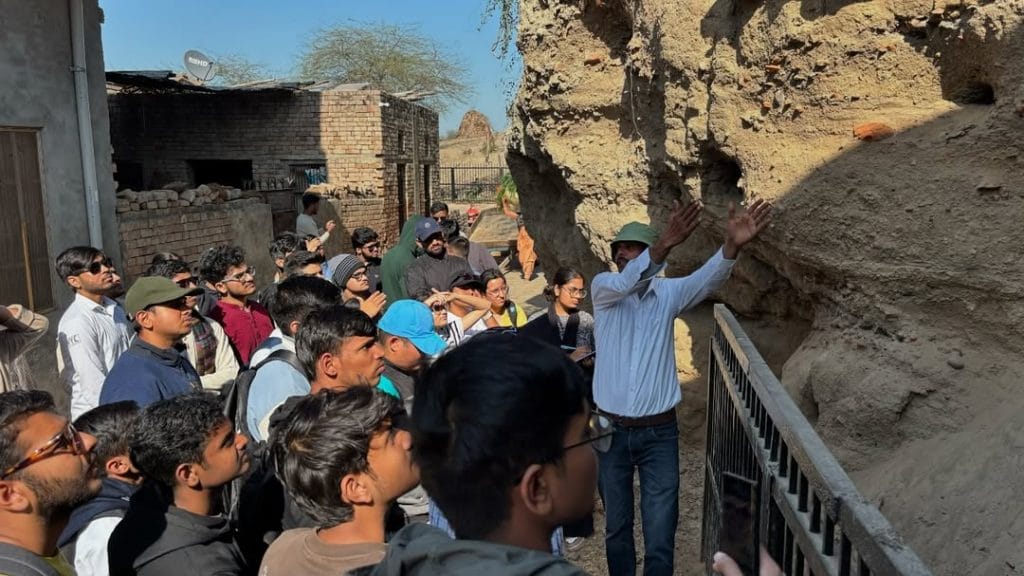
To make a wider impact, archaeology department director Amit Khatri brought in a young team of freelance photographers, illustrators, and filmmakers to create content for social media and promotional campaigns.
“Earlier the department was engaging with people only on special occasions like heritage and museum days,” said consultant Kush Dhebar. “But now we are promoting heritage and archaeology throughout the year.
As part of its outreach programme, the department is also organising workshops at schools with themes like ‘Let’s learn history with archaeological artefacts’.
“It’s creating a snowball effect,” said Dhebar. “We are also publishing Haryana comic series, documentaries, coffee-table books, souvenirs of monuments, 3D replicas, photo frames, bookmarks, and tote bags.”
These mementos are available on Amazon, at fairs like Surajkund Mela and Rakhigarhi Mahotsava, and at smaller exhibitions across the state. On 4 July, the department even set up shop at the Mango Mela in Pinjore, Panchkula.
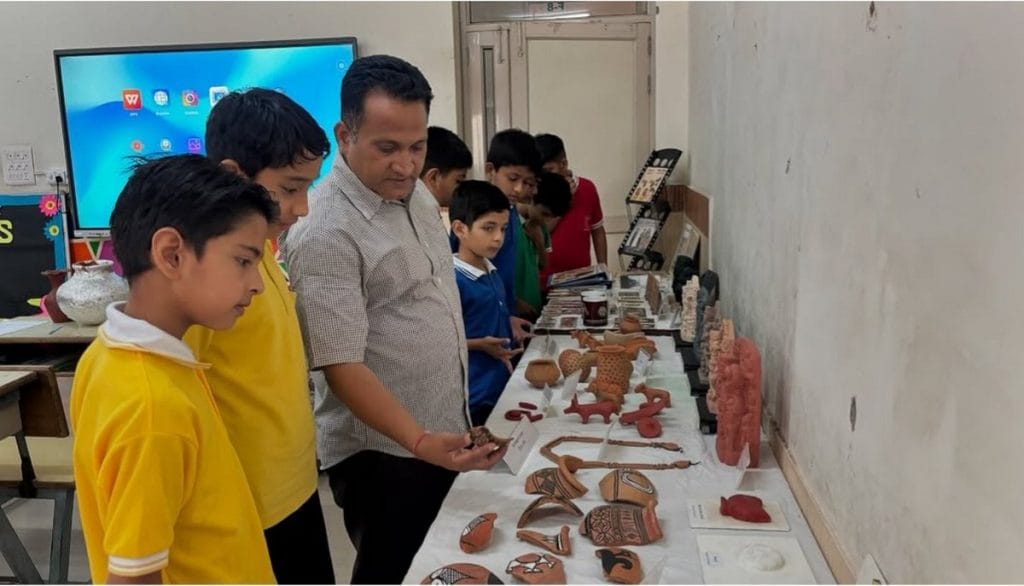
Dhebar is especially proud of their new illustrated book, Our Haryana Early Historic Period, published this January. Aimed at children, it tells the story of the region through the characters of a grandmother and granddaughter who take the reader through epigraphy, numismatics, ceramics, and terracotta figurines.
“We are working on a multi-pronged approach. Our next goal is to capitalise YouTube,” he added.
Archaeology is becoming physically easier to access too. At Rakhigarhi, ramps have been installed for visitors. At Tamil Nadu’s Adichanallur, trenches have been covered with toughened glass so people can peer at 3,000-year-old antiquities like urns and pottery at the site itself. Both places were among the five ‘Iconic Sites’ designated for development in the Union Budget of 2020-21.
“We want to engage people and give them the thrill of seeing a site this closely,” said senior ASI archaeologist Sujeet Nayan, currently posted at its Patna circle. “In other countries this practice is common. But now, it’s becoming popular in India as well.”
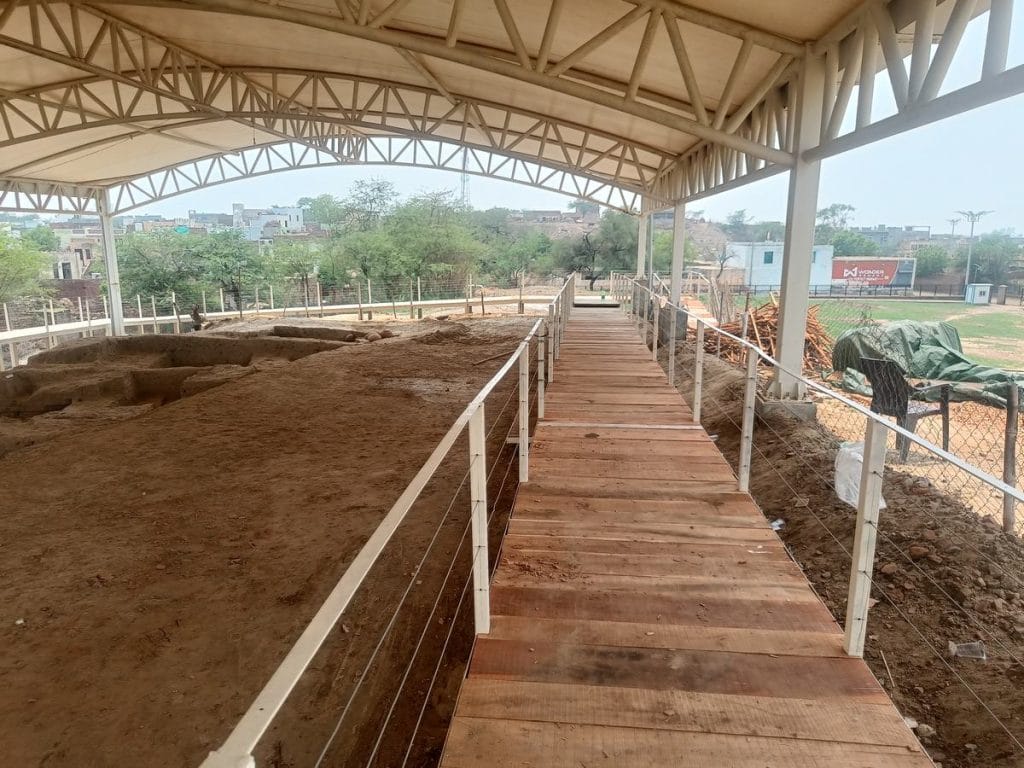
In Tamil Nadu, that thrill of discovery has become a political flashpoint, which has also sparked wider public interest in history. In January, Chief Minister MK Stalin declared that the Iron Age began in Tamil Nadu in the first quarter of the fourth millennium BCE. His government has invested heavily in excavations like Keezhadi, which have fed into the larger north-south debate.
Later, ASI sent back the Keezhadi excavation report to state archaeologist Amarnath Ramakrishna to make some changes, which he refused. All this has brought ancient history from dusty libraries to dinner table conversations.
“There is no doubt that archaeology is becoming popular, but southern archaeology is doing serious work—which resulted in the Iron Age and Keezhadi reports,” said a senior archaeologist in Tamil Nadu.
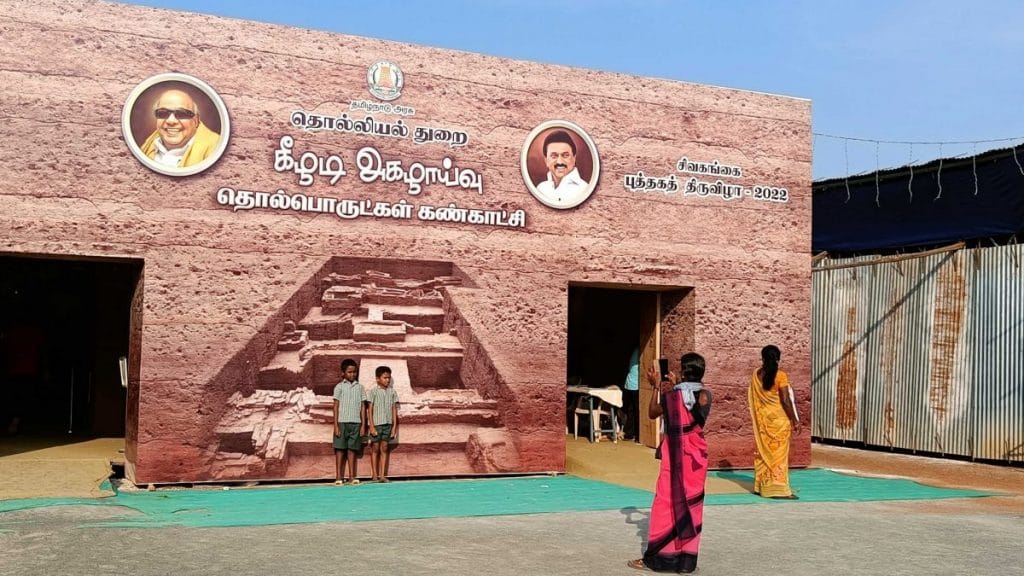
Making archaeology viral
Archaeology has entered the realm of podcasts, reels, and influencers. Is there a Mahabharata era? Is the civilisation at Keezhadi older than the Indus? Everyone wants a hot take.
YouTuber Ranveer Allahbadia, who runs the BeerBiceps channel, has featured archaeologists such as KK Muhammed, Anica Mann, and Disha Ahluwalia, discussing everything from temple reconstruction to the Aryan invasion theory. More than 60 lakh people watched the episode featuring Muhammed, in which he touched upon the field’s sudden popularity.
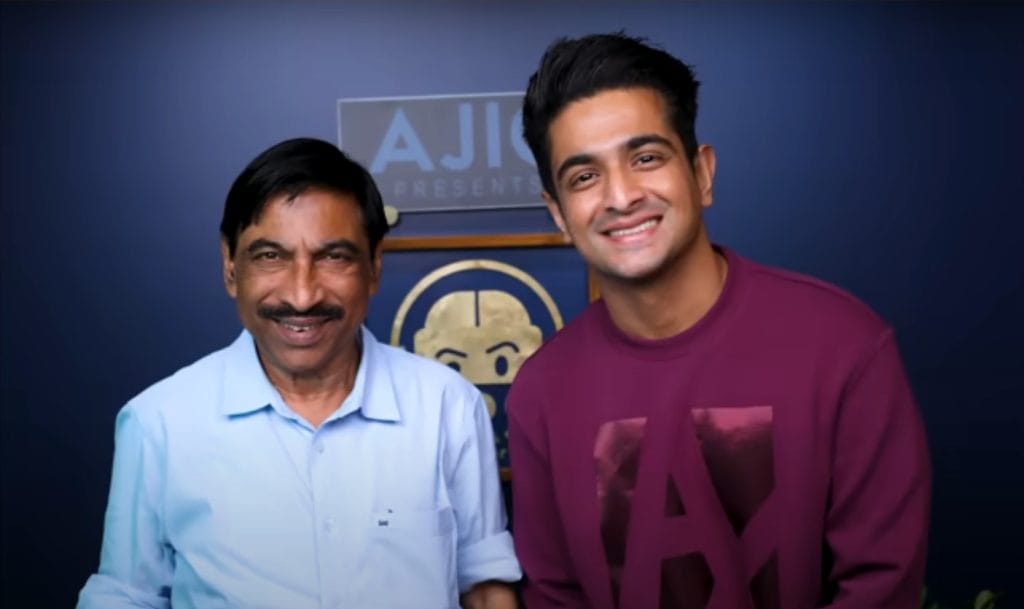
He explained how perspectives have changed. There was a time when people thought archaeologists were old men in tatty kurtas with long hair and even longer beards. “But now that has changed and is all because of social media,” said Muhammad.
Dozens of archaeology pages have sprung up on Facebook and Instagram, many run by amateur historians or history buffs. On Instagram, Indian Archaeology has 558 followers, Archaeologywala (run by researcher Pryank Wadhera) has over 2,000, the Indian Archaeology Center (inarch_center) has nearly 6,000. On Facebook, Archaeology Event, run by the Centre for Archaeological Studies and Research in Amravati, Maharashtra, has over 10,000 followers.
The ASI has a substantial digital presence too, with close to 39,000 followers on Instagram page (@asi.goi). There are plenty of heart and clap emojis, but some followers also weigh in on history and even offer corrections. On 6 June, ASI posted archival photos from the 1962–64 excavation at Gudiyam, Tamil Nadu, noting the site’s cultural sequence from the post-Acheulian to microlithic periods. One user quickly flagged the use of outdated names—Trivellore Taluk in Chingleput. “Admin, it’s Chengalpattu and Tiruvallur now,” read the comment.
Earlier the department was engaging with people only on special occasions like heritage and museum days. But now we are promoting heritage and archaeology throughout the year
-Kush Dhebar, consultant with the Haryana archaeology department
Even state archaeology departments are now becoming active on social media. In May, Haryana’s department (@archaeologyharyana) shared a reel from the Agroha excavation, set to sitarist Niladri Kumar’s track Sitar Gaze. It shows archaeologists at work in the trenches. One viewer commented: “Nice video! Any terracottas from the Gupta period?”
And around ten months ago, the formerly reticent Madhya Pradesh archaeology department started posting on Instagram as well.
“Within just a few months, we were able to engage with people on a whole new level,” said Krishna Sharma, IT consultant at the MP culture department. The handle, @directorate_of_archaeology_mp, now has over 29,000 Instagram followers. In less than a year, it has posted more than 300 times—drone shots of monuments, high-quality graphics, heritage reels, regular quizzes, photos of sculptures.

The effort is propelled by a team of four permanent staffers in the Bhopal office, with support from PR agencies.
“To make these sites come alive, citizen engagement is a must, and so that’s our focus,” said Sharma. In February, the department posted a video on the lost temples of Devbadla, which got over 15,000 likes. Another post featured the Wakan Dada mascot installed at the Bhopal State Museum. “Every time something new and amazing—kudos,” read one of the comments.
The department has also developed a virtual reality centre at the Bhopal museum. Visitors here can watch 3D films and take 360-degree virtual tours of sites Orchha and Khajuraho.
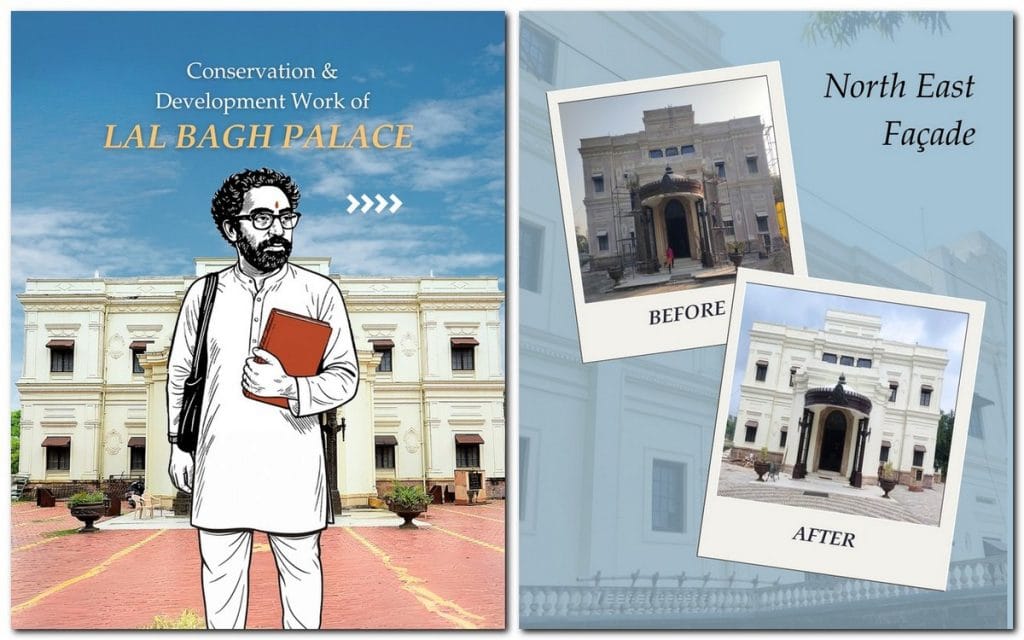
“Since we introduced this centre, footfall at the museum has increased,” said Sharma. “We’re also working on 360-degree digitisation of artefacts. People who can’t visit in person will be able to view them on our website.”
In 2023, the ASI launched a new website and rolled out the Indian Heritage app, a platform for booking tickets to sites like the Taj Mahal, Red Fort, Rani ki Vav, Nalanda and Hampi. Its aim is twofold—brand-building and serving as a reliable source of information.
“There is a flood of content, but misinformation about archaeology has also increased a lot,” said Indu Prakash, a retired archaeologist. “Common people don’t have the tools to check facts. They believe whatever they see in front of them. This is the danger of archaeology becoming more popular.”
From trenches to talking points
Archaeologists took centrestage at an event in the Delhi University Literature Festival this February. Director general of ASI Yadubir Singh Rawat, additional DG Sanjay Manjul, and archaeologist Disha Ahluwalia came together for a panel titled ‘Tales from the Trenches’. The audience was riveted.
“Hearing three generations of Indian archaeologists on the travails of life in the field,” said an X post by noted economist Sanjeev Sanyal, who was in the audience.
Hearing three generations of Indian archaeologists on the travails of life in the field at Delhi University Literature Festival …. pic.twitter.com/jMF3yGgdxk
— Sanjeev Sanyal (@sanjeevsanyal) February 23, 2025
Some days later, at the History Literature Festival in Bengaluru, from 28 February-2 March, archaeologists V Selvakumar, Ravi Korisettar, Disha Ahluwalia, and architect Srikumar Menon conducted a panel discussion on ‘Stones and Shadows: A Journey from Prehistory to Megaliths’.
With all the buzz, archaeologists are now regulars on lit fest line-ups.
At the Kashmir Literature Festival in December 2024, Manjul chatted with author Namrata Wakhloo in a session titled ‘Unearthing Bharatiya Heritage Through Archaeology’.
“You are a name to reckon with in the field of archaeology and you have led several archaeological expeditions in the last 30 years,” Wakhloo said in her introduction to Manjul, who then spoke about his tryst with India’s past and his work with the ASI since 1999.
Common people don’t have the tools to check facts. They believe whatever they see in front of them. This is the danger of archaeology becoming more popular
-Indu Prakash, a retired archaeologist
“I tried to understand the culture across the country through archaeological remains,” said Manjul, who has worked on excavations across the country, from Rakhigarhi, to Gujarat’s Dholavira.
But it was the Sinauli excavation in Uttar Pradesh in 2018 that grabbed the most public interest. It was there that his team unearthed a chariot dating back to 2000 BCE. The discovery in 2018 caused a hue and cry as it challenged existing knowledge of ancient Indian civilisation and the presence of a warrior class. The whole narrative of the Aryan invasion was based on chariot weapons.
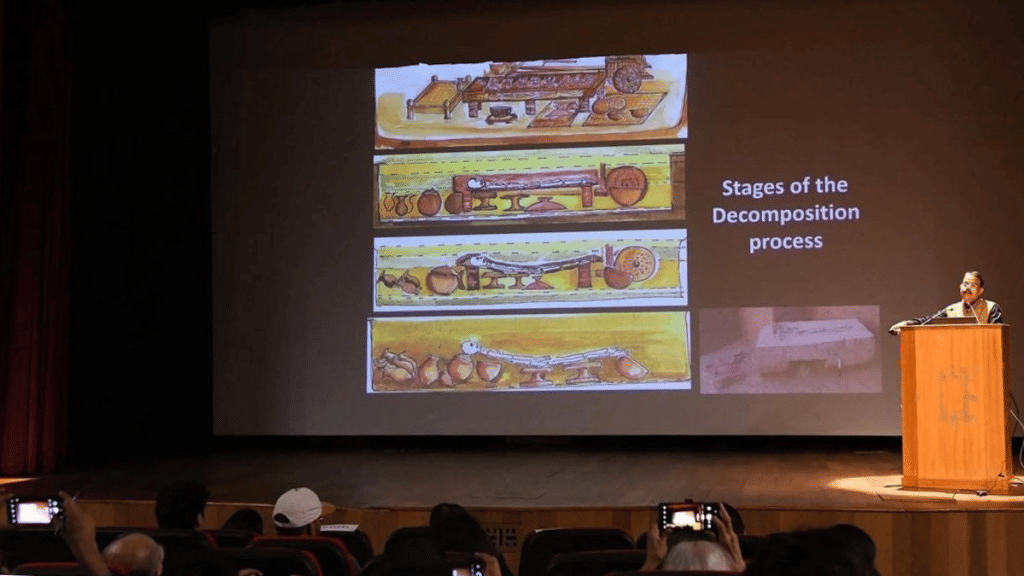
“That is why Discovery channel contacted us. They told us that this entire story has a wow factor,” said Manjul.
The result was a 56-minute documentary, Secrets of Sinauli, directed by Neeraj Pandey and released in 2021. Actor Manoj Bajpayee narrated the film, which opens with a Sanskrit verse and then his voice, extolling the find:
“I am talking about the biggest discovery made in this country—the discovery of our ancient civilisation. India was considered the sone ki chidiya (golden bird) for centuries. Its wings were cut by invaders. The history of the country was also not untouched—it was changed, suppressed. Our effort is to see and understand history by removing the layers of the present,” he declared.
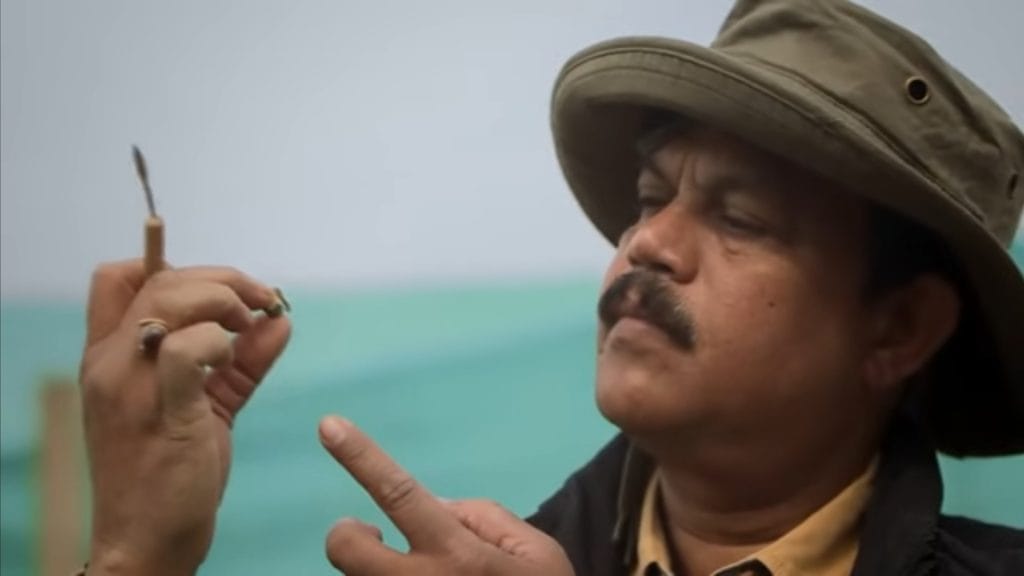
But as archaeology becomes entangled in political and cultural debates, some archaeologists are sounding a note of caution, including on public forums.
“There are two important things for an archaeologist. One is his observation and the other is his multidisciplinary knowledge,” Sanjay Manjul said on a March 2024 episode of The Awaara Musaafir Show, a history-and-culture podcast hosted by Jayesh Gangan, which got 44,000 views and over 160 comments. “I always say that an archaeologist is neither left nor right. He talks about what he sees. An archaeologist has no religion.”
Also Read: India’s new search for Hindu warrior kings to celebrate. Vikramaditya, Suheldev to Agrasen
Upgrading the old
The past 10 years or so have been a reinvigorating time for the over 160-year-old Archaeological Survey of India. It’s all about rebranding the old.
In 2018, the ASI moved into a sleek new headquarters that reportedly cost over Rs 303 crore more than what it had spent the previous year on conserving all 3,600 of its protected monuments.
The new address, Dharohar Bhawan on Tilak Marg, was inaugurated by Prime Minister Narendra Modi. A four-storey building with imposing pillars and arches, it is studded with framed photographs of iconic monuments like the Sanchi Stupa and Khajuraho temples. There’s also a state-of-the-art auditorium, energy-efficient lighting, rainwater harvesting systems, and the Central Archaeological Library, which has a collection of about 1.5 lakh books and journals.
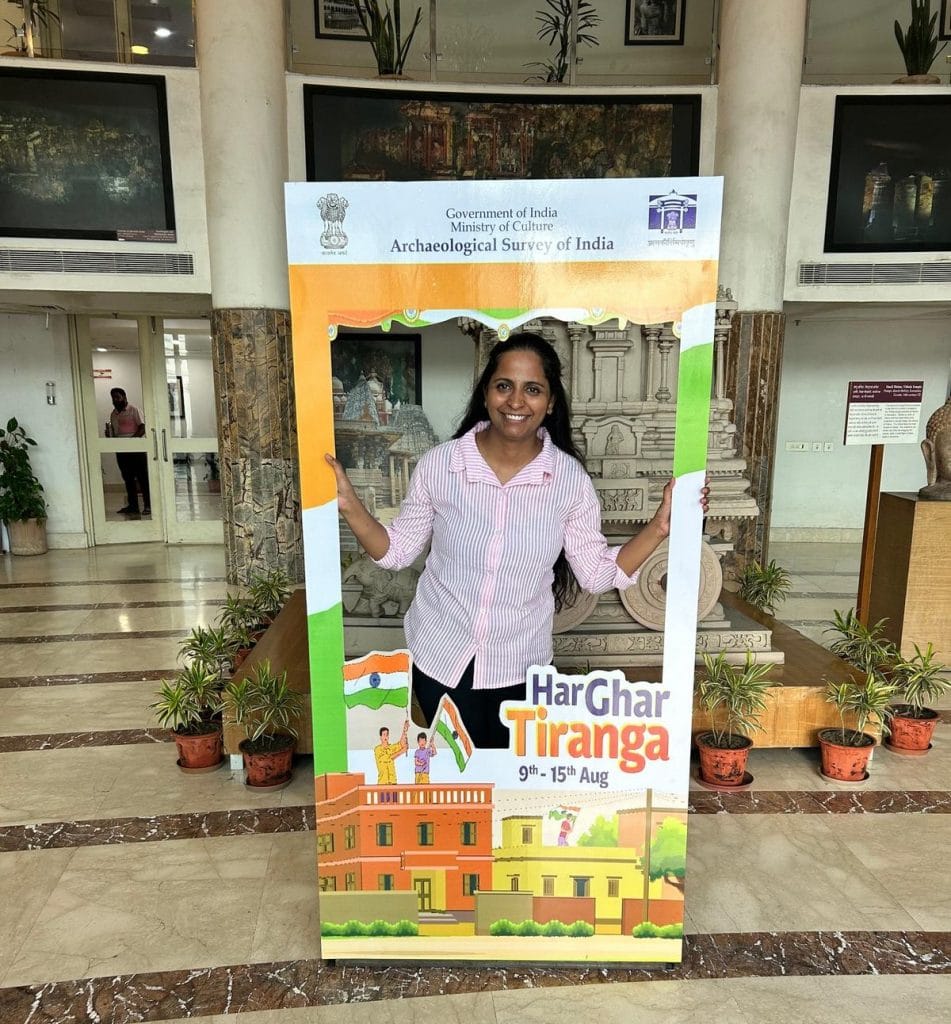
“The ASI has performed significant work over the course of the last 150 years or so. India should showcase its great heritage with pride and confidence,” said PM Modi at the inauguration.
Two years later, ASI announced seven new “circles”—administrative units for monument protection—in Uttar Pradesh, Madhya Pradesh, Gujarat, Tamil Nadu, and West Bengal. It now operates 36 such circles across India. Its budget has also received a major bump, from being allocated Rs 1,036.41 crore pre-COVID in 2019-2020 to Rs 1,278.49 crore in 2025-26.
New frontiers are opening up. In 2025, the ASI also revived its underwater archaeology wing after 15 years and launched new explorations off the coast of Dwarka, Gujarat.
Academia is keeping pace. The Archaeological Science Centre was established in 2012. Three years later, IIT Kharagpur launched a course titled “Planning and Management of Cultural Heritage Sites.” In 2014, the Central University of Haryana started its archaeology department, which has since led excavations at Tigrana, a Harappan site, and conducted explorations in Haryana, Punjab, and Rajasthan.
And it’s not just archaeologists and students with a heightened interest in the past. Rarely do a couple of weeks go by without an archaeology-related event in Delhi’s cultural calendar. For instance, between January and December 2024, the city’s India International Centre (IIC) hosted eight archaeology-related talks, including historian Himanshu Prabha Ray’s series ‘History and Heritage: The Afterlife of Monuments’. The lectures explored topics from terracotta artefacts to temple architecture and ancient inscriptions. In May this year, INTACH held a four-day lecture series on India’s maritime heritage, with Rajiv Nigam and Vasant Shinde diving deep into sites like the maritime complex at Lothal.
Back in June 2023, veteran archaeologist BM Pande was floored by the turnout at an IIC lecture on Purana Qila excavations. Not only was the hall overflowing, the audience clamoured for the site to be opened to visitors once a week.
“There was a time when only a few people used to participate in such discussions,” Pande had said. “Today there are so many people that there is no place to sit. This is a good sign.”
(Edited by Asavari Singh)



